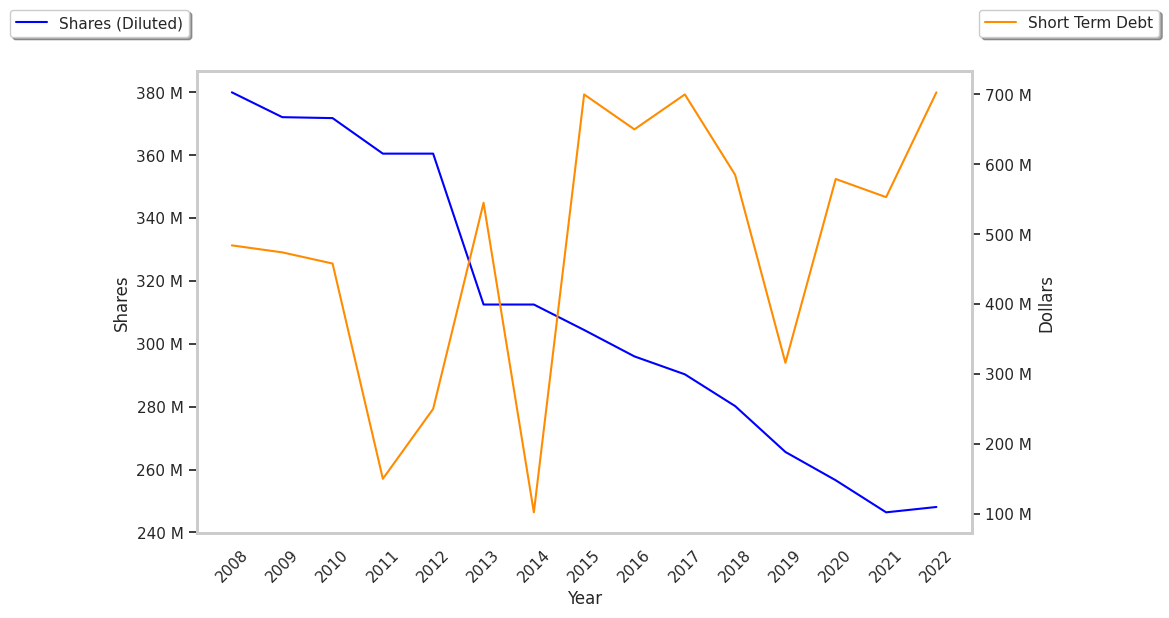Railroads company Norfolk Southern is taking Wall Street by surprise today, falling to $230.2 and marking a -4.7% change compared to the S&P 500, which moved -1.0%. NSC is -15.63% below its average analyst target price of $272.85, which implies there is more upside for the stock.
As such, the average analyst rates it at buy. Over the last year, Norfolk Southern has underperfomed the S&P 500 by -5.8%, moving 18.4%.
Norfolk Southern Corporation, together with its subsidiaries, engages in the rail transportation of raw materials, intermediate products, and finished goods in the United States. The company belongs to the industrials sector, which generally includes cyclical companies -- with the exception of conglomerates whose business may span several industries. Cyclical companies experience higher sales during periods of economic expanision, and worsening outlooks during recessions.
Norfolk Southern's trailing 12 month P/E ratio is 37.1, based on its trailing EPS of $6.21. The company has a forward P/E ratio of 16.6 according to its forward EPS of $13.9 -- which is an estimate of what its earnings will look like in the next quarter. The P/E ratio is the company's share price divided by its earnings per share. In other words, it represents how much investors are willing to spend for each dollar of the company's earnings (revenues minus the cost of goods sold, taxes, and overhead). As of the first quarter of 2023, the industrials sector has an average P/E ratio of 22.19, and the average for the S&P 500 is 15.97.
To better understand NSC’s valuation, we can divide its price to earnings ratio by its projected five-year growth rate, which gives us its price to earnings, or PEG ratio. Considering the P/E ratio in the context of growth is important, because many companies that are undervalued in terms of earnings are actually overvalued in terms of growth.
Norfolk Southern’s PEG is 2.39, which indicates that the company is overvalued compared to its growth prospects. Bear in mind that PEG ratios have limits to their relevance, since they are based on future growth estimates that may not turn out as expected.
When we subtract capital expenditures from operating cash flows, we are left with the company's free cash flow, which for Norfolk Southern was $830.0 Million as of its last annual report. The balance of cash flows represents the capital that is available for re-investment in the business, or for payouts to equity investors as dividends. The company's average cash flow over the last 4 years has been $1.95 Billion and they've been growing at an average rate of -14.6%. NSC's weak free cash flow trend shows that it might not be able to sustain its dividend payments, which over the last 12 months has yielded 2.2% to investors. Cutting the dividend can compound a company's problems by causing investors to sell their shares, which further pushes down its stock price.
Value investors often analyze stocks through the lens of its Price to Book (P/B) Ratio (its share price divided by its book value). The book value refers to the present value of the company if the company were to sell off all of its assets and pay all of its debts today - a number whose value may differ significantly depending on the accounting method. Norfolk southern's P/B ratio is 4.15 -- in other words, the market value of the company exceeds its book value by a factor of more than 4, so the company's assets may be overvalued compared to the average P/B ratio of the Industrials sector, which stands at 4.06 as of the first quarter of 2023.
Since it has a higher P/E ratio than its sector average, an average P/B ratio, and positive cash flows with a downwards trend, Norfolk Southern is likely overvalued at today's prices. The company has poor growth indicators because of an inflated PEG ratio and weak operating margins with a negative growth trend. We hope you enjoyed this overview of NSC's fundamentals. Be sure to check the numbers for yourself, especially focusing on their trends over the last few years.



